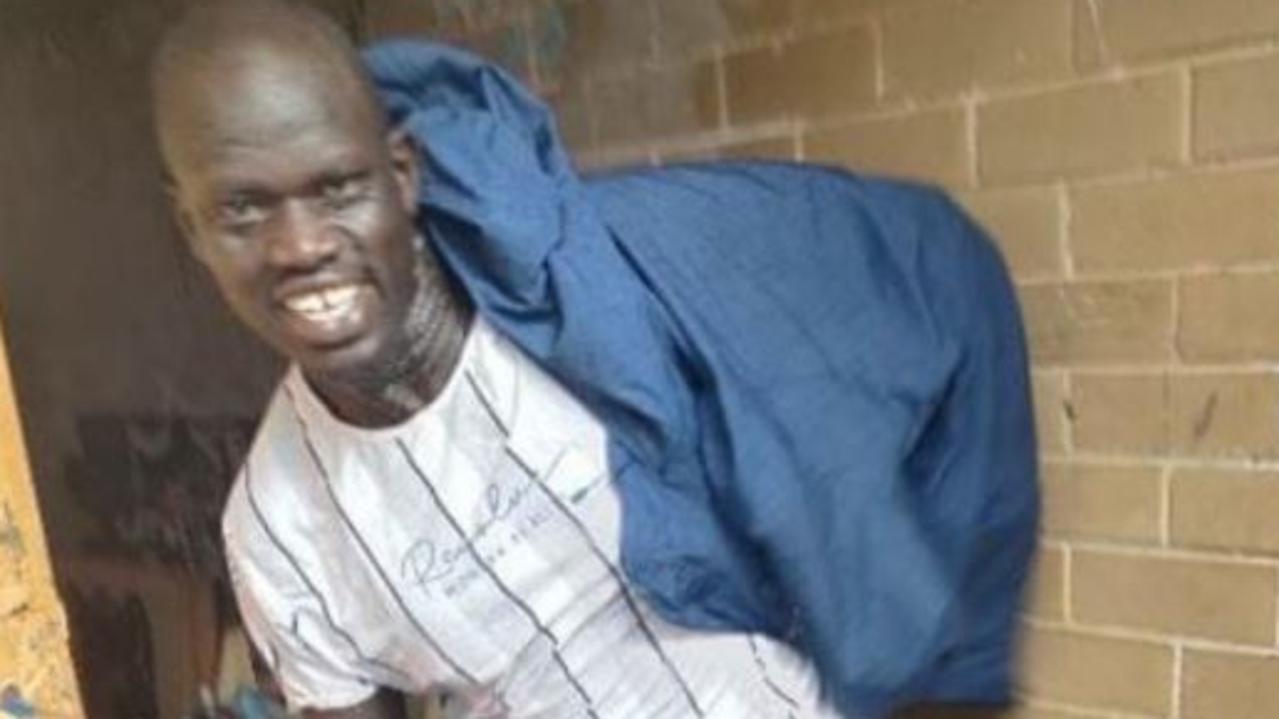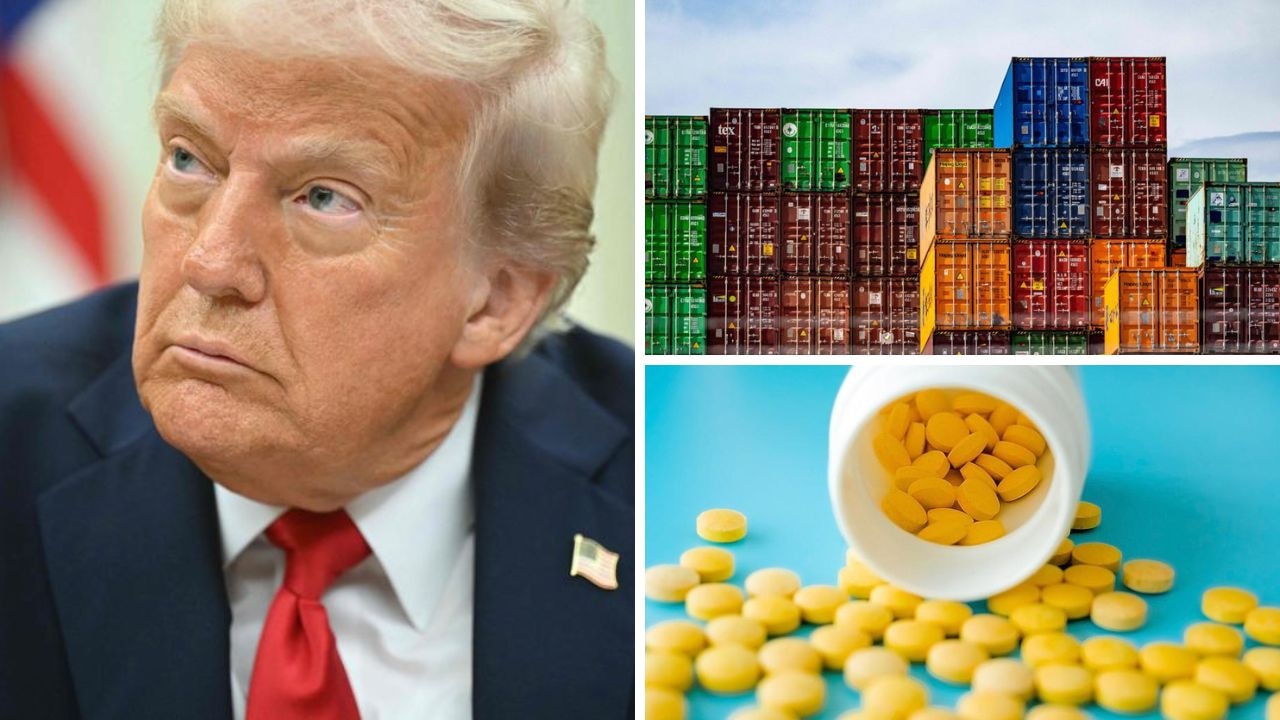Key Victorian battlegrounds to decide who’ll win the Federal election
For the first time since 1990, Australia will be focused on Victoria where at least 16 seats will help determine whether Anthony Albanese or Peter Dutton for government, writes James Campbell.
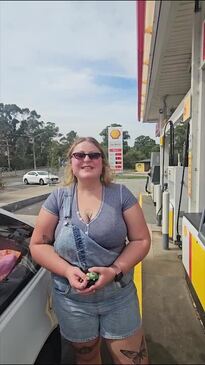
Federal Election
Don't miss out on the headlines from Federal Election. Followed categories will be added to My News.
The last time Victoria was at the centre of an Australian election campaign, Milli Vanilli and MC Hammer were top of the charts and Tonight Live with Steve Vizard was the hot new show on TV.
But for the next six weeks, for the first time since 1990, the eyes of the nation will be focused on the battleground state which federal politics forgot with at least 16 of its 38 seats getting attention.
And while most of the focus will be on the Liberal-Labor battles taking place in suburban and outer-suburban Melbourne, there will also be – very different – fights taking place in the inner city and the regional Victoria that will determine whether Anthony Albanese or Peter Dutton ends up forming government after May, 3.
“If we solve Victoria I think we can get there, but if we can’t, it’s going to be very difficult,” is the blunt assessment of a Labor campaigner.
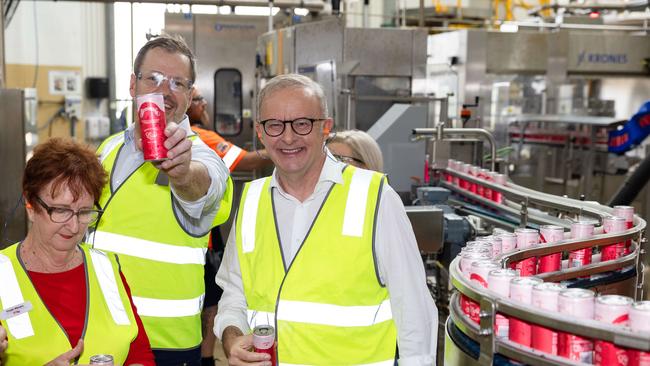
The reason for Victoria’s sudden electoral volatility after years of political stasis is the collapse in support for the state’s decade-old Labor Government which is deeply unpopular.
RedBridge pollster Kos Samaras said there is no doubt the state government’s unpopularity is having a significant impact on federal Labor.
“I would say it is on par with levels of unpopularity we have not seen since the early 1990s, but this doesn’t does not necessarily translate into support for the Coalition,” he said.
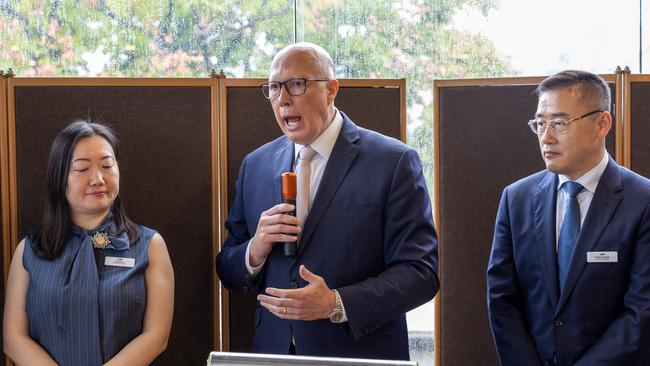
The reason why this matters so much to the government is that almost a third of Labor’s seats are in Victoria.
The seats which are shaping as traditional Red-Blue contests are the middle-suburban seats of Aston and Chisholm in Melbourne’s east, the outer suburban and semi-regional seats of Bruce, Holt, McEwen, and Dunkley, as well as Corangamite on the outskirts of Geelong, all of which are on margins of less than 8 per cent.
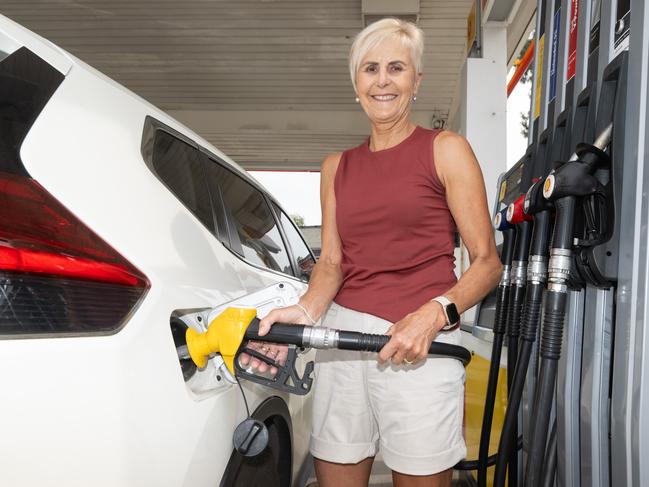
But Liberals say they have recently polled Gorton in Melbourne’s northwest and found they are in the hunt in the traditional Labor stronghold which is held by almost 10 per cent.
Pollster John Scales said Mr Dutton had been clearly aiming at winning seats like this all around Australia.
“He’s very much focused on the lived experience of people in those areas which are dominated by cost-of-living, health, housing and jobs.”
Scales that while the inner cities are sometimes portrayed as being on a different planet to the outer suburbs, this is not so.
“In inner city areas – we’re talking within 10km of the CBD and this is true of other capitals – the same issue priorities are largely at play but other issues like the environment, climate change and other social issues have relatively higher salience,” he said.
In other words, the factors which are hurting Labor in the outer suburbs are also likely to be at play in the two Teal seats of Goldstein and Kooyong.
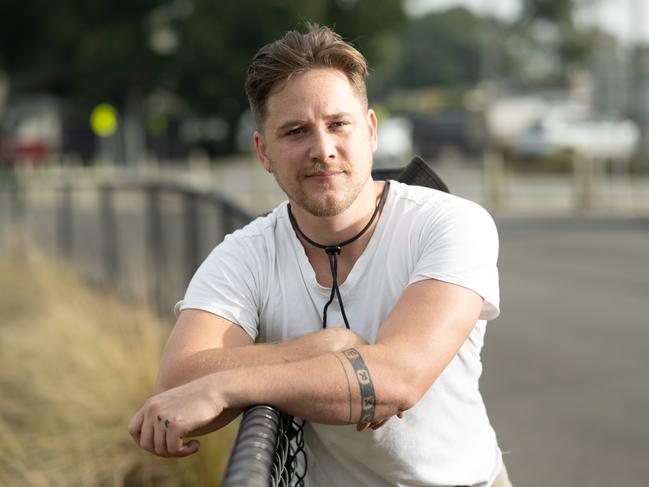
But Scales said Mr Dutton had a much better chance of being listened to in outer suburban Melbourne than he did in Teal land for another reason.
“He’s not overly popular in the inner-city seats – they get fixated on personality whereas in the outer areas they focus more on what either leader is saying,” he said.
“They tend to be focused on what’s in it for me.”
Both agree that although Mr Dutton is not exactly popular, he is far less unpopular than Scott Morrison was in 2022.
Mr Samaras expected that despite the Liberal efforts to reclaim their lost heartlands of Kooyong and Goldstein, Teals Monique Ryan and Zoe Daniel would be re-elected.
“I reckon it will be status quo,” he said.
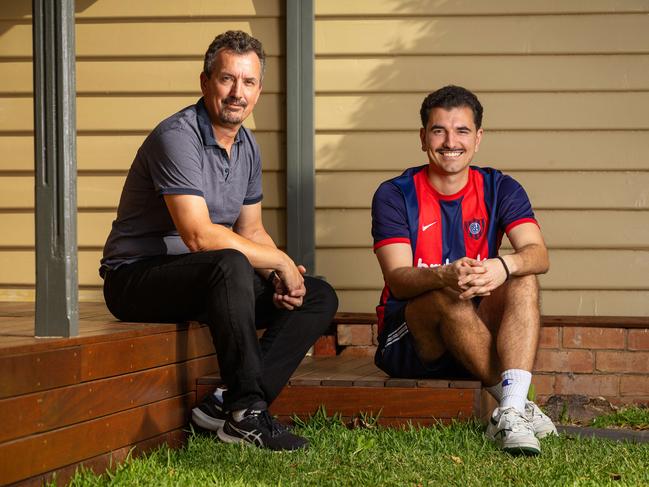
“The campaign Dutton is going to run is not going to be speaking to those seats.
“The fuel excise, dual citizenship, public servant cuts. These policies are wildly popular in outer suburbia – especially the fuel excise – but not in the inner city.”
Inner city Melbourne is not just playing host to Teal-Lib battles however, Labor is also trying to hold off the Greens in the inner north seat of Wills.
As if that wasn’t enough action, there’s also a three-way fight between the Labor, the Greens and Liberals in Macnamara, the heartland of Jewish Melbourne.
But that’s not all – there are also three regional seats where the incumbent parties have a fight on their hands.
In Monash, east of Melbourne, the ex-Liberal MP Russell Broadbent is standing as an independent and according to several Liberal sources polling well enough to retain the seat with Labor and independent preferences.
Meanwhile in Wannon, Liberal frontbencher Dan Tehan is in a close fight against a Climate 200-backed independent who came within 1.1 per cent of unseating him in 2022.
Then there’s Bendigo where the National Party is throwing everything at the Labor regional stronghold, which, on 11.3 per cent, at any other election would be safe.
Except in Victoria, at this election nothing is safe.
More Coverage
Originally published as Key Victorian battlegrounds to decide who’ll win the Federal election




